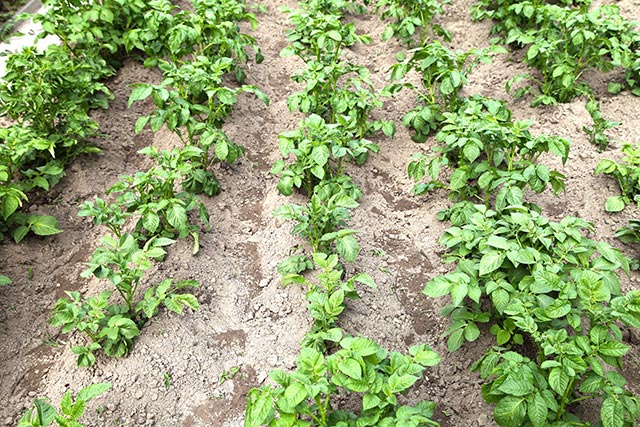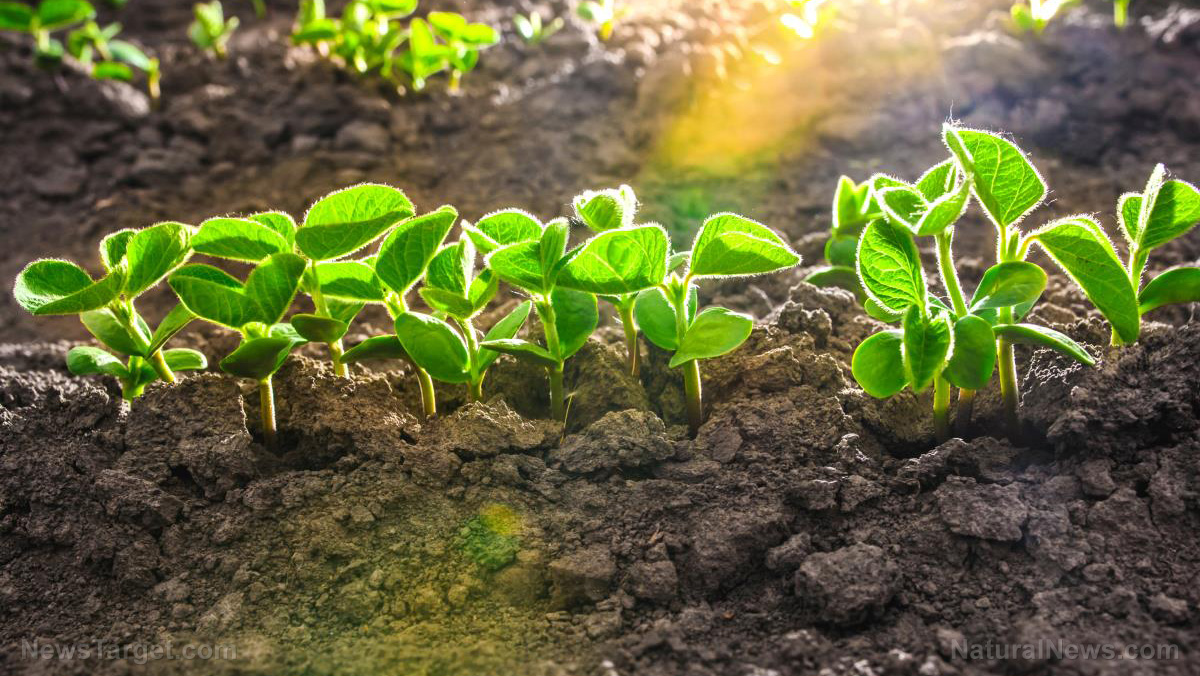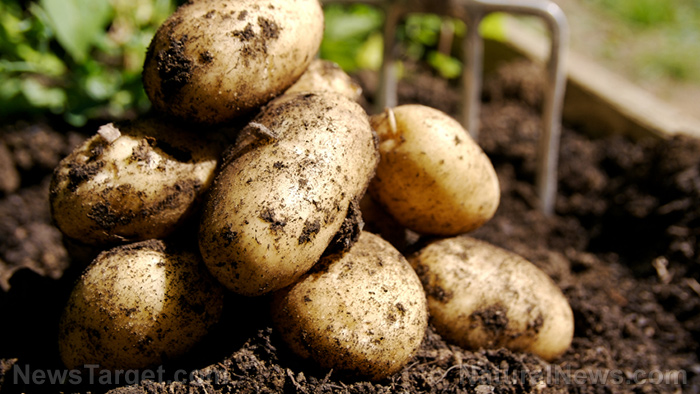How to grow potatoes in every kind of yard
08/08/2018 / By Zoey Sky

Potatoes are some of the best survival crops to cultivate because they’re full of carbohydrates and protein. These tuberous crops can even keep you full when SHTF.
If you’re new to gardening, here are some methods that you can try if you want to start growing potatoes in your yard. (h/t to GoodHousekeeping.com)
Hilled rows
Growing potatoes in hilled rows is the cheapest method you can try.
Steps:
- Dig straight and shallow trenches, at least two to three feet apart, in prepared soil.
- Plant seed potatoes 12 inches apart, them cover them with around three inches of soil.
- When the shoots grow about 10 to 12 inches tall, scoop soil from between the rows and mound it against the plants using a hoe or shovel. Bury the stems halfway.
- Keep the tubers covered by repeating these steps as needed throughout the growing season.
With hilled rows, you don’t need to buy or build anything. This effective and inexpensive method is also suitable for large-scale plantings.
Do take note that soil quality can limit the yield. If you live in an area with dirt that’s badly compacted or low in organic matter, use an above-ground technique instead.
Raised beds
The raised bed method produces the biggest yield.
Steps:
- Loosen the soil at the bottom of a half-filled raised bed.
- Place the seed potatoes at least 12 inches apart in all directions and bury them three inches deep.
- While the potatoes grow, add more soil until you fill the bed.
- You can simplify harvesting by removing the sides of the raised bed.
This method can yield the largest harvest and it usually produces uniformly large potatoes. This method is suitable if your garden soil is heavy and poorly drained.
The only downside is you will need a lot of soil to fill the bed.
Straw mulch
If you’re not too fond of digging, use straw mulch when cultivating potatoes.
Mulch is a layer of either organic or inorganic material that is placed over the surface of the soil. Straw mulch is often made from the stems of grains.
Steps:
- Follow the spacing used for hilled rows, then place seed potatoes on the surface of the prepared soil.
- Cover the seed potatoes with three to four inches of loose and seed-free straw.
- As the stems grow, mound more straw around them. You’ll gradually create a layer of straw mulch about a foot or more in depth.
Using thick mulch can help conserve soil moisture. It can even help smother weeds. It’s easy to harvest potatoes when they’re grown with straw mulch.
One thing to note is using straw mulch will produce a smaller yield than the hilled row method. Field mice may also eat the crops under the straw mulch.
Wire cylinders
Wire cylinders are suitable for wet yards, or if you live in an area with constant spring rains. The wire mesh will drain the soil and prevent it from getting waterlogged.
Steps:
- Form a cylinder at least 18 inches in diameter and 24 inches tall out of hardware cloth with ¼-inch mesh.
- Add several inches of soil at the bottom, then plant three to four seed potatoes.
- Cover the seed potatoes with three inches of soil.
- Keep adding soil as the potatoes grow.
- Harvest by lifting the cylinder and pulling the soil back to reveal expose the tubers.
Consider this raised technique if you have poor garden soil. Unless you use a moist soil-compost moisture, you might harvest only a small number of undersized potatoes.
Wood boxes
Wood boxes are perfect for preppers who prefer DIY projects. You can either buy or build a bottomless square box. Try using lumber from discarded pallets and plant the seed potatoes using the steps for a raised bed.
This method is designed so that you can add more slats and soil as the potatoes grow. Use wood boxes to grow potatoes in areas with low-quality ground soil. Wood boxes can yield a similar quantity of potatoes when using a raised bed. (Related: How to grow potatoes in a bucket.)
Choose the planting method that suits your needs so you can grow potatoes for your root cellar or stockpile.
Read more tips on how to grow potatoes at HomeGardeningNews.com.
Sources include:
Tagged Under: food, food independence, food supply, gardening, Homestead, homesteading, how to, off grid, potatoes, preparedness, prepper, prepping, root crops, self-sufficient, SHTF, survival, survival food, survival skills, survivalist, sustainable living, tubers, vegetables


















